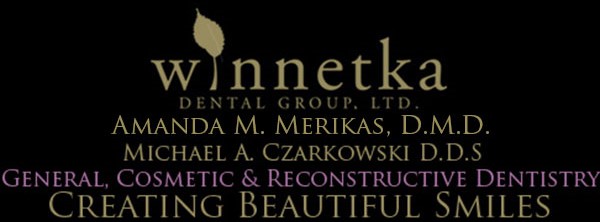Helping patients achieve a deeper, more satisfying night’s sleep, the Silent Nite Sleep Appliance is flexible, thin and comfortable, and it exhibits documented clinical success in mitigating or preventing the disruptive, unhealthy effects of snoring and mild to moderate sleep apnea. The Silent Nite appliance is designed to gently shift the lower jaw forward in a therapeutic position during sleep, which activates the airway muscles and ligaments to prevent the airway from collapsing. Each Silent Nite case includes extra connectors, in various sizes, and an AM Aligner to aid patients in exercising and realigning the jaw after nighttime mandibular advancement.
Helping patients achieve a deeper, more satisfying night’s sleep, the Silent Nite Sleep Appliance is flexible, thin and comfortable, and it exhibits documented clinical success in mitigating or preventing the disruptive, unhealthy effects of snoring and mild to moderate sleep apnea. The Silent Nite appliance is designed to gently shift the lower jaw forward in a therapeutic position during sleep, which activates the airway muscles and ligaments to prevent the airway from collapsing. Each Silent Nite case includes extra connectors, in various sizes, and an AM Aligner to aid patients in exercising and realigning the jaw after nighttime mandibular advancement.

Satisfaction
Oral appliance therapy (OAT) is very effective in treating patients with sleep-disordered breathing, with a compliance rate shown to be as high as 90% over a 2.5-year period.
OAT is associated with greater patient satisfaction than nasal continuous positive airway pressure (CPAP) therapy.
In a randomized crossover trial comparing OAT to CPAP in patients with obstructive sleep apnea, about 81% preferred OAT.
Oral appliance therapy (OAT) is very effective in treating patients with sleep-disordered breathing, with a compliance rate shown to be as high as 90% over a 2.5-year period.
OAT is associated with greater patient satisfaction than nasal continuous positive airway pressure (CPAP) therapy.
In a randomized crossover trial comparing OAT to CPAP in patients with obstructive sleep apnea, about 81% preferred OAT.
Improved Health
Among patients with obstructive sleep apnea, both continuous positive airway pressure (CPAP) and mandibular advancement devices (MADs) were associated with reductions in blood pressure. Network meta-analysis did not identify a statistically significant difference between the blood pressure outcomes associated with these therapies.
A mandibular advancement device for obstructive sleep apnea reduces nocturnal blood pressure in women.
Among patients with obstructive sleep apnea, both continuous positive airway pressure (CPAP) and mandibular advancement devices (MADs) were associated with reductions in blood pressure. Network meta-analysis did not identify a statistically significant difference between the blood pressure outcomes associated with these therapies.
A mandibular advancement device for obstructive sleep apnea reduces nocturnal blood pressure in women.

